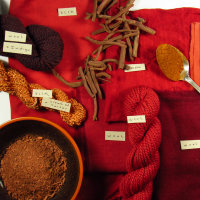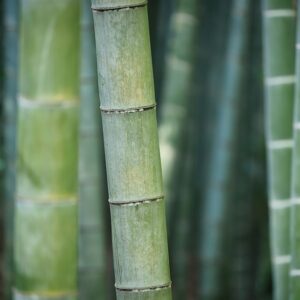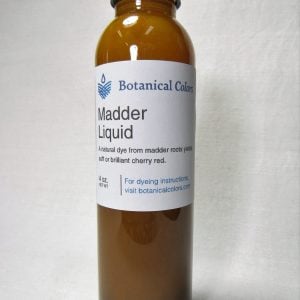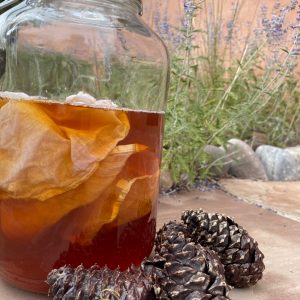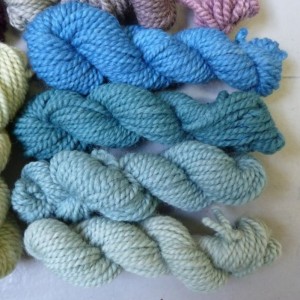MORDANT MONDAY: Color Bleeding + Pickling Vegetables With Aluminum Acetate?
We get mordant questions all the time at Botanical Colors so why not create Mordant Monday??? Got mordanting questions? Email [email protected] YOU ASKED: I am new to dyeing and am hoping you can provide some knowledge. I have mordanted and dyed a cotton sheet with oak gall, cutch and ferrous sulfate. I sprinkled citric acid to remove some color while the fabric was drying. If I now bathe the fabric in calcium carbonate will the color change? If so in what way? Currently the dye is coming off on my hands when I handle the fabric. Should I iron? Should … Read more


